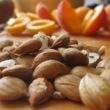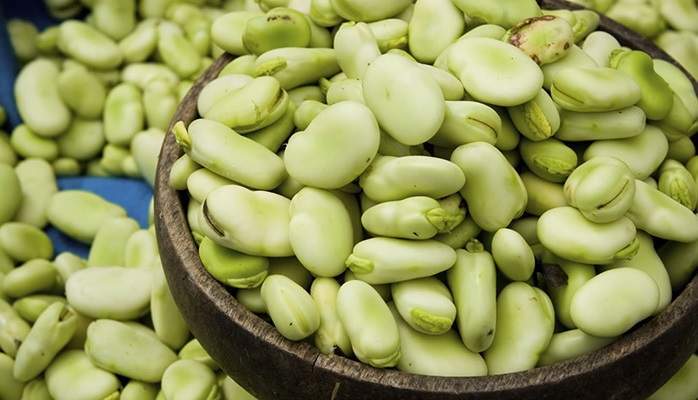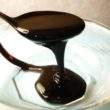Fava beans are among the commonly seen ingredients in different dishes. Coming from the pea family Fabaceae, it is also called faba bean, broad bean, bell bean, horse bean. English bean, field bean, pigeon bean, and Windsor bean. Cultivated in the Middle East before it spread to Western Europe, fava beans have the following health benefits.
General Nutrition
Fava beans are loaded with vitamins and minerals. According to Nutrition and You, fava beans contain vitamin A, B, C, and K. Vitamin A is great for vision and the integrity of the skin and mucus membranes. Then, vitamin B promotes nervous function, which includes learning, thinking, memory, and sensation. Vitamin C, on the other hand, boosts the body’s defenses against infection and illness. To add, it also raises the action of the substance collagen, which acts as cement and binds loosely connected cells and tissues. Together, vitamins A and C also function as antioxidants, helping the body get rid of unwanted and toxic substances from the body. Meanwhile, vitamin K helps in wound healing through blood clotting.
In terms of minerals, fava beans contain calcium, copper, iron, magnesium, manganese, phosphorus, selenium, zinc, sodium, and potassium. Calcium and phosphorus promote bone and teeth strength while magnesium raises neuromuscular function. Copper and manganese work hand in hand to boost metabolism and cellular and tissue growth and development. Iron promotes oxygenation while zinc enhances wound healing and digestion. Selenium prevents cellular and tissue damage through the release of antioxidant hormones. Finally, sodium and potassium regulate the body fluid balance and the latter also promotes cardiovascular health by preventing hypertension through relaxing the muscles of the blood vessels.
Fava Beans, Fiber, and Digestion
Aside from zinc, which aids in digestion, fava beans also contain fiber. According to SF Gate, a cup of cooked fava beans has 37 percent of an adult’s fiber daily requirement. On the other hand, a cup of fresh and raw fava beans provide 150 percent of the said requirement. Containing both soluble and insoluble fiber, fava beans help promote digestive health and prevent types of cancer, such as colon cancer. Moreover, fiber in fava beans also reduces the risk of having high cholesterol levels, diabetes mellitus, obesity, heart disease, and stroke.
Sample Recipe
Fava beans can be added to various meal recipes, such as Easy Spring Vegetable Ragout. According to Martha Stewart, the ingredients include three medium leeks (white and pale-green parts, halved lengthwise, thinly sliced into half-moons), a tablespoon of extra-virgin olive oil, one teaspoon of kosher salt, 12 ounces asparagus (trimmed, cut into one-inch pieces), a cup of water, six ounces of sugar snap peas (cut into one-inch pieces), eight radish (quartered), a teaspoon of Dijon mustard, a tablespoon of unsalted butter, and a tablespoon of minced fresh herbs like tarragon and chives.
To prepare, as per the publication, the leeks are soaked in cold water for five minutes, lifted out, and drained. The process is repeated until no grit stays at the bottom of the bowl. Then, the leeks are set aside. Next, oil is heated in a large skillet over medium-high heat. The leeks and salt are added and sautéed for two minutes, until the leeks become tender. The asparagus is stirred in, which is followed by water. After that, the food is covered and it let to simmer for two minutes. Once done, the snap peas and radishes are added, covered, and simmered for additional two minutes. Finally, the mustard is stirred in until well combined and the butter and herbs are swirled in.
Fava beans are considered nutritious due to its benefits to health. Thus, adding it to different meals will boost as person’s total health and wellness.












